After weeks of binging on delicious fatty treats and sugary sweets over the holidays, and with a winter chill lording over the northern hemisphere, it’s time to get back on track.
It’s time for some vegetable goodness.
That’s where minestrone comes into play (or rather, into your bowl). A classic Italian soup, minestrone is a healthy and yummy bouquet of – take note – seasonal veggies, sometimes plumped up with beans or grains like rice, barley or pasta. Feeling naughty, or just really hungry? Minced meatballs or a few pieces of pork can be admitted as ingredients in the Neapolitan version, minestra maritata (“married soup”), a heartier soup which also contains hen, beef back ribs and nnoglie (spicy sausages made with pork intestines).
Let’s take a look at this traditional dish that reigns supreme on Italian tables when the mercury drops.
History Of A Dish
No one knows for sure where the word minestrone comes from, but Latin roots can’t be denied: it’s either the result of combining minus or minor (“small”) with the Italian suffix “-one” (indicating largeness), or it could derive from the Latin verb ministrare, referring to the act of serving or distributing food. The result is the same: what we have here is a delicious steaming pot of boiled veggies of varying textures and flavours.
Anything can be used to prepare minestrone. In fact, the word itself is used in Italian to describe a hodgepodge mixture of things, much like “melting pot” in English.``
As with many classic dishes in cultures around the world, minestrone has its roots in peasant culinary tradition, but it has evolved over the centuries to embrace new ingredients, including potatoes and tomatoes that arrived in Italy only after the discovery of the Americas – and which are now considered staple ingredients.
Today, minestrone remains a favourite winter dish across Italy, as a food that’s both filling and healthy, not to mention a great way to use up any leftover vegetables. As emigration saw Italians sharing their culinary traditions across Europe and the New World, and as travellers began discovering Italy’s culinary treasures, this classic dish has made its way around the globe.
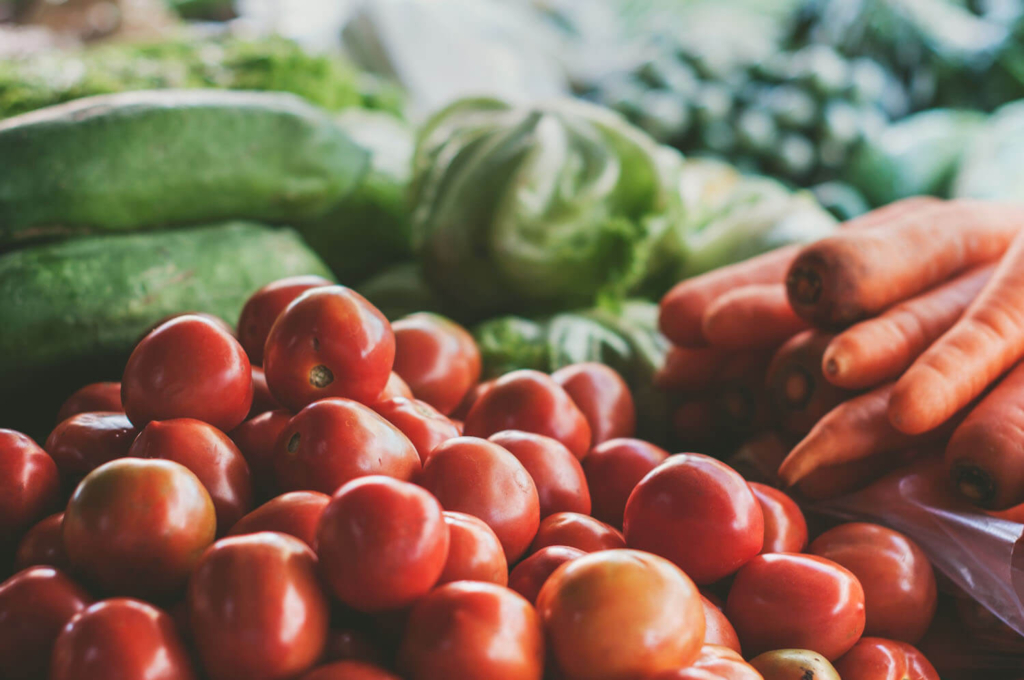
Same Name, Different Traditions
If you’d like to recreate this tasty vitamin bomb in your kitchen and are looking for THE one truly authentic Italian recipe, you’re in for a disappointment: Similar to the hundreds of other dishes that hail from the rich culinary traditions of Italy – where the gastronomic variety mirrors the diversity of landscapes (and foreign occupations over the millennia) – there isn’t one national recipe for minestrone. Instead, thousands of variations exist based on different regions, ingredients, seasons and cooking times.
The siùre (old ladies) of Lombardia, for example, say you can’t call it minestrone unless it’s been cooked for at least 6 or 7 hours, while in Liguria the soup must be so thick your spoon can stand up in it. If you’re in Sicily, a sprinkle of Trapani sea salt and a generous spoonful of grated Sicilian pecorino would give your soup the local island twist.
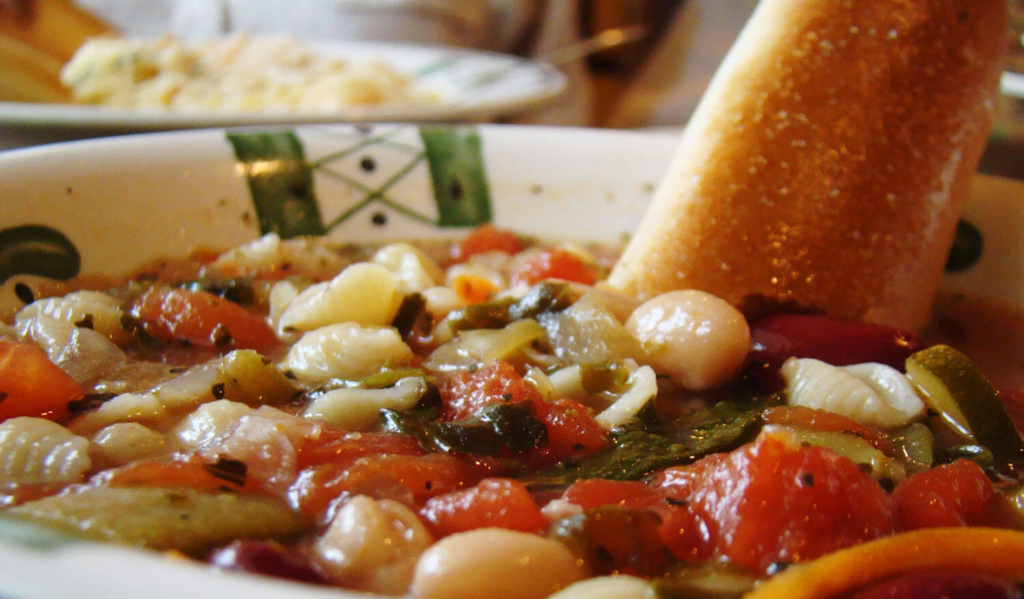
Yet, unlike many Italian specialties for which even the tiniest remote village claims to have the most authentic recipe, minestrone’s chaotic nature defies definition as anything other than “the most earth-shattering merrymaking of mixed vegetables” (as Italian journalist Giovanni Cenzato once wrote).
Now, to make it yourself…
Winter Minestrone
Serves 4
Ingredients:
4 medium-large carrots
2 large potatoes
1 onion
1 celery stalk
1/2 head of cabbage
1 white turnip
A few leaves of spinach
1 teaspoon tomato paste
2 tablespoons extra-virgin olive oil
Fresh herbs and spices (thyme, parsley, oregano)
Salt and Pepper
Method:
1. Wash all the vegetables and chop them finely (julienne the cabbage and onion, dice the celery, carrots, potatoes and turnip).
2. Put a tablespoon of oil in a non-stick pan, and sauté the cabbage, turnip, potatoes and spinach (whole leaves) for a few minutes over high heat.
3. In a tablespoon of oil in a large saucepan, sauté the onion, celery and carrot, then add the other sautéed vegetables and cover everything with warm water. Bring to a simmer and allow to cook for 20-30 minutes with the lid on (using a wooden spoon to leave a small crack for the steam to escape).
4. Add the aromatic herbs and tomato paste, and season with salt and pepper. Cook for another 20 minutes, stirring occasionally (total cooking time: 40-50 minutes).
5. Serve hot, ideally with slices of toasted bread.
Note: A summer version of minestrone will follow the same cooking method, but the vegetables will differ due to the season. In addition to carrots, onions and celery, you can add fresh tomatoes, green beans, bell peppers and zucchini, but also fava beans, peas, asparagus (in spring) and so on. Feel free to play with various combinations and adapt it to your personal taste.

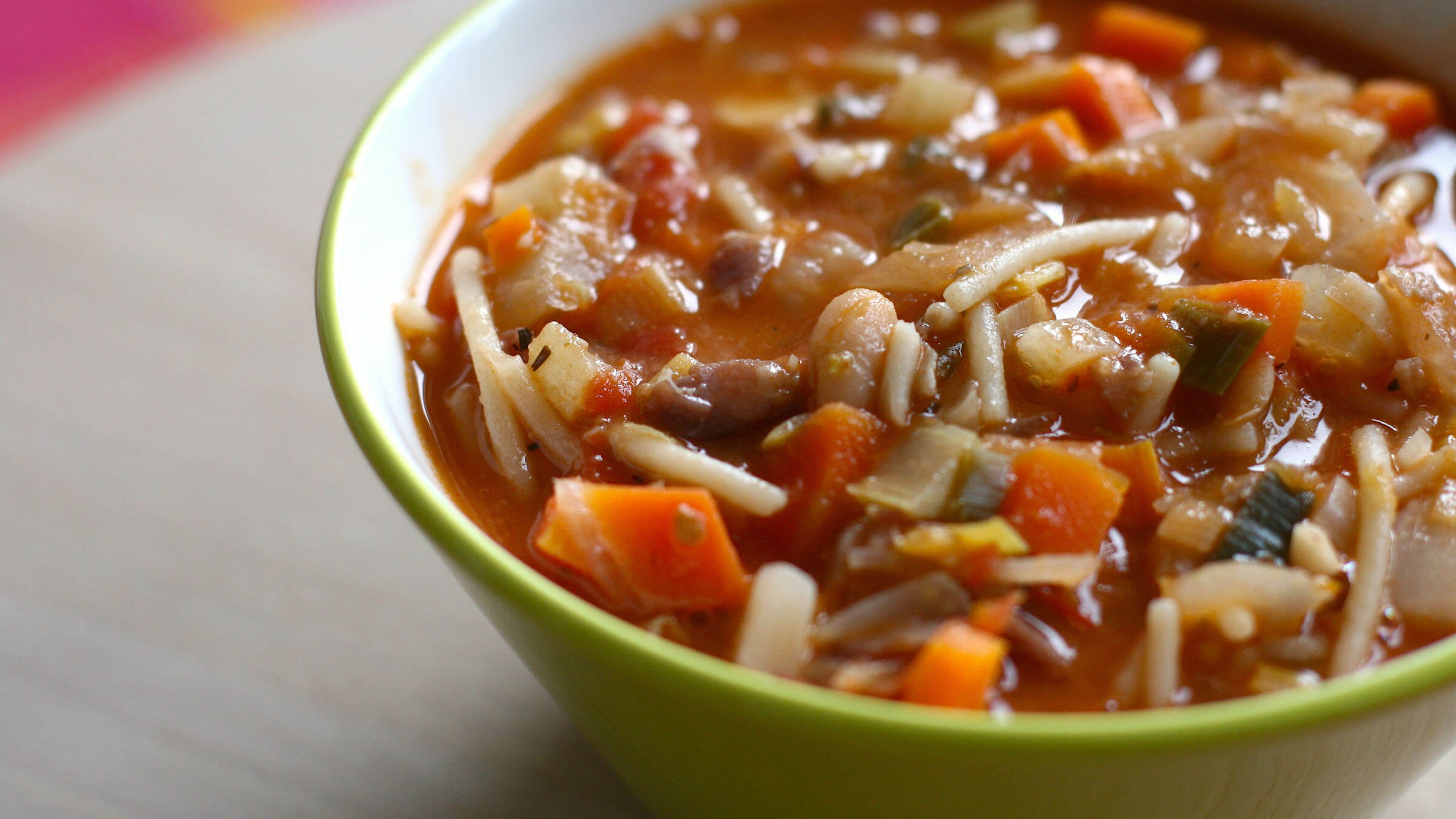





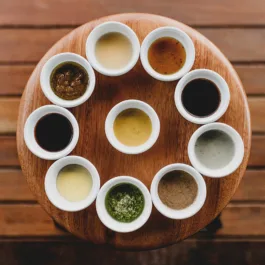

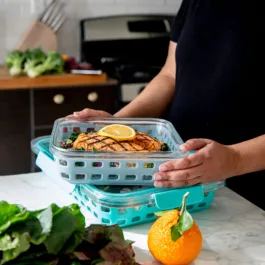
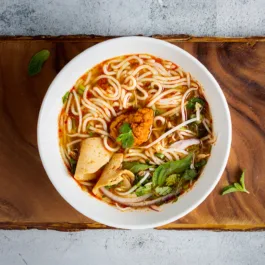
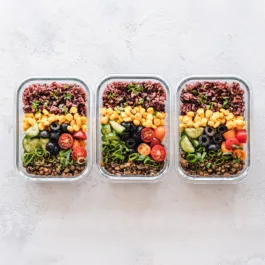

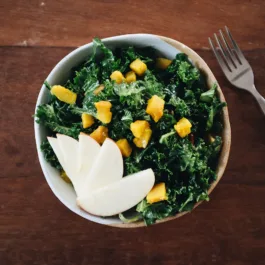
Sorry, the comment form is closed at this time.